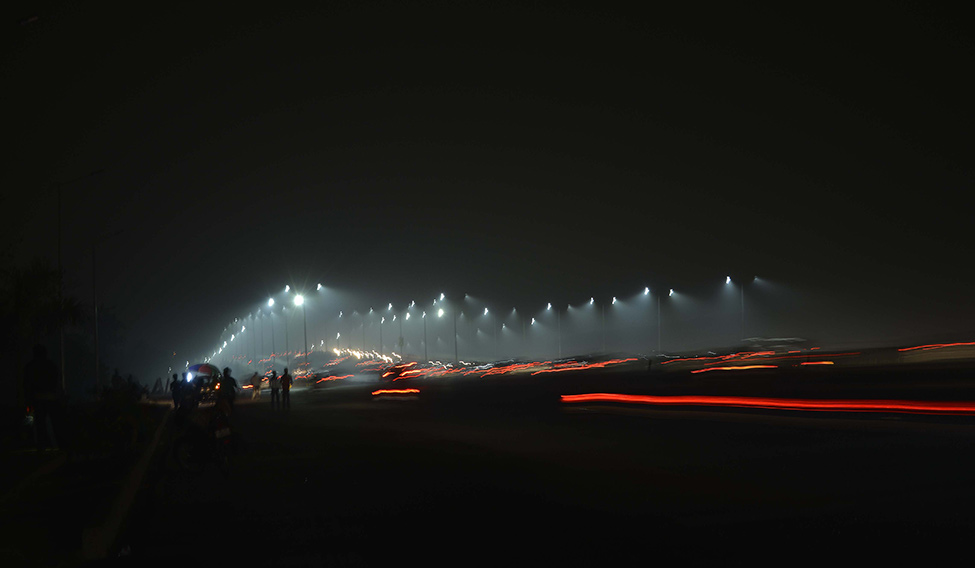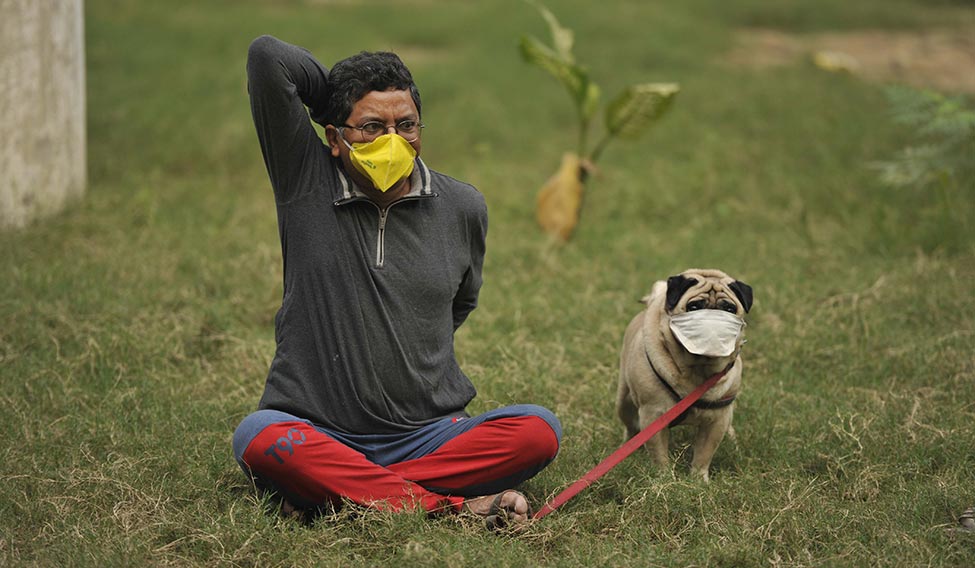Too many experts thicken the smog. That appears to be the case in the national capital, which, after last year’s smog experience, thought it was better prepared to deal with the curse of winter.
Theoretically, the environment ministry had a beautiful action plan, termed Graded Response Action Plan (GRAP), which detailed step by step actions to be taken as pollution levels peak. For instance, according to GRAP, if the air quality remained at the “hazardous” level for 48 hours, the Supreme Court-appointed Environment Pollution (Prevention and Control) Authority could announce implementation of the odd-even scheme (a road fleet rationing system based on the last number of the car registration plate) on recommendation of the Central Pollution Control Board.
Unfortunately, there are too many players in the game, including the Delhi government, the National Green Tribunal (NGT) and the governments of neighbouring Uttar Pradesh, Haryana and Punjab. The Aam Aadmi Party government in Delhi jumped the gun, and instead of waiting for the EPCA, announced the odd-even scheme, though the meteorological department had actually forecast an improvement in the air quality. That it didn’t quite improve is another story.
The AAP’s odd-even scheme, however, had all the earlier exemptions, notably women drivers and two-wheelers. The NGT immediately put a spanner in the works, noting that, with these exemptions, the exercise was an eyewash. It said that the EPCA had several other recommendations, so why was the government only implementing the odd-even scheme? The AAP appealed the decision; the NGT stuck to its stance. “There will be no odd-even without these exemptions, we will have to drop it for the time being,” the Delhi government spokesperson told THE WEEK.
Studies by agencies like The Energy Resources Institute and Centre for Science and Environment have shown no significant improvement in air quality during the previous odd-even episodes. “However, while it may not result in overall pollution levels coming down, it does result in reduction in ambient air pollution in key high-traffic congestion areas,” said Bhavna Prasad of the World Wide Fund for Nature-India, which is part of a multidisciplinary civil society forum started last year to offer solutions to the air pollution problem.
 Out of breath: Thick smog near Akshardham temple in Delhi | Arvind Jain
Out of breath: Thick smog near Akshardham temple in Delhi | Arvind Jain
In other countries, car rationing is done in various other ways, such as staggering the weekly off for various sectors, staggering working hours of offices and by employers offering free coupons to employees to take public transport.
“The exemptions were planned with much thought. We cannot jeopardise the safety of women, who form a sizeable workforce,” said the Delhi government spokesperson. “And, we do not have the capacity to accommodate the nearly 36 lakh motorists into the public transport system.” Motorists are also an AAP vote bank.
The NGT has also rapped the Delhi government for not augmenting the bus fleet and running ladies specials. “We will, once we get space for depots to accommodate these buses. Is there any land?” asked the spokesperson.
The vicious circle only gets more vicious. Every agency has a valid argument, unfortunately, so no solutions seem to emerge.
The Delhi, Uttar Pradesh, Haryana and Punjab governments pointed fingers at the stubble burning in fields, a major contributor to the foul air. It didn’t help that there were three different political parties in power in the states. “NASA satellite images clearly show the link between the stubble burning and the smog,” said Chandra Bhushan, deputy director general, CSE. “The burning began on November 4 and it takes two to three days for the effect to be felt in Delhi. It stopped by November 12. It is unfortunate these governments could not come together for the common cause.”
The Delhi government, meanwhile, proposed aerial spraying, using helicopters, to settle the particulate matter. The national helicopter service Pawan Hans said it could not help—it does not have the expertise, it would not jeopardise safety by flying in the smog, and anyway, large swathes of Delhi were no-fly zones. The efficacy and cost benefit of the scheme were not even brought to consideration before the scheme was binned.
There was tepid response to other measures, too, such as halting construction. The Delhi government got more rap for not having vacuum cleaned the roads.
Meanwhile, New Delhi hosted two important visits—the state visit of King Philippe and Queen Mathilde of Belgium, and Prince Charles and his wife, Duchess of Cornwall Camilla, all in an embarrassing Dickensian-era haze.
Harsh Vardhan, the Union minister for environment, forest and climate change, sought to soothe tempers by saying that the air quality was improving, that there was no need to panic and that no one had died. Adding to an overload of expert agencies, his ministry formed a seven-member committee headed by the environment secretary to continuously monitor short- and long-term solutions to air pollution. “We will look for holistic solutions for every source of pollution,” said Ashutosh Sharma, committee member and secretary, science and technology. And, how will this committee’s job differ from EPCA’s or CPCB’s? “I would not like to comment,” he said. EPCA chairman Bhure Lal, too, declined to comment.
The missing link is obvious. All the plans, including GRAP, have not looked into implementability, say experts. Even a small step cannot be implemented, unless everything is thought through, said an official, noting that the Delhi Pollution Control Board staffers who tried to stop people from lighting fires were roughed up. They had no police back up. While emergency measures are a necessity, air pollution has to be addressed with long-term planning and proper implementation over set times frames, all over the country, said Prasad. “Nationwide achievement of National Ambient Air Quality Standards needs to be recognised as the primary objective and action should be initiated to achieve this,” she said.
The promise of a wind mid-week brought in much relief, with Harsh Vardhan rushing to announce the good news that the met department communicated to him. Winds blow away pollutants, but this means that another part of the country gets bad air. “It is a classical irony that, with all the work planned to tackle air pollution, we await a favourable wind to blow,” said Bhushan.







